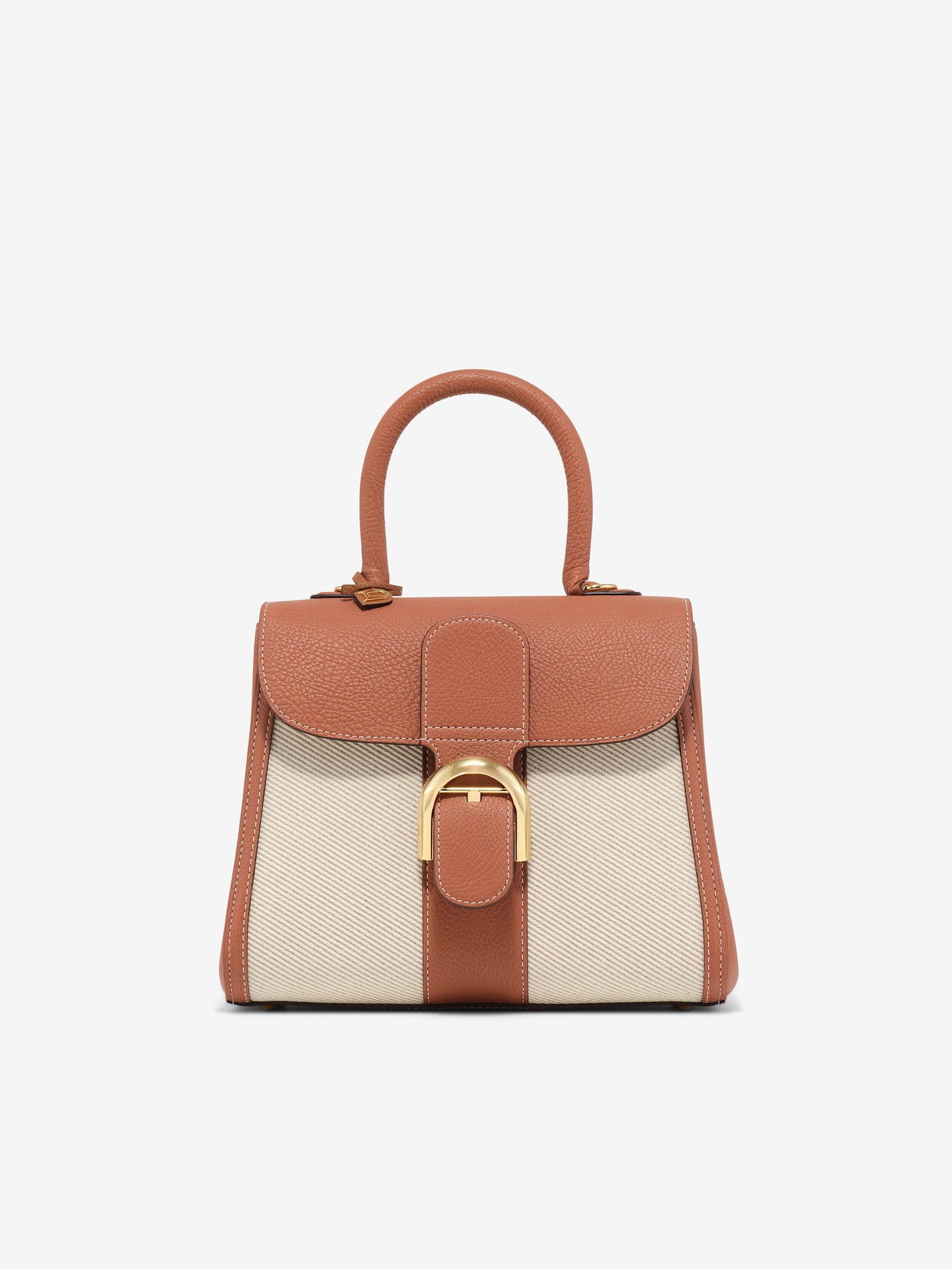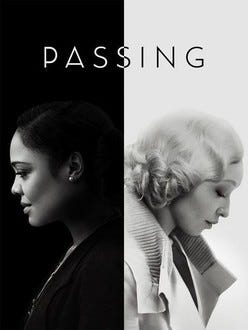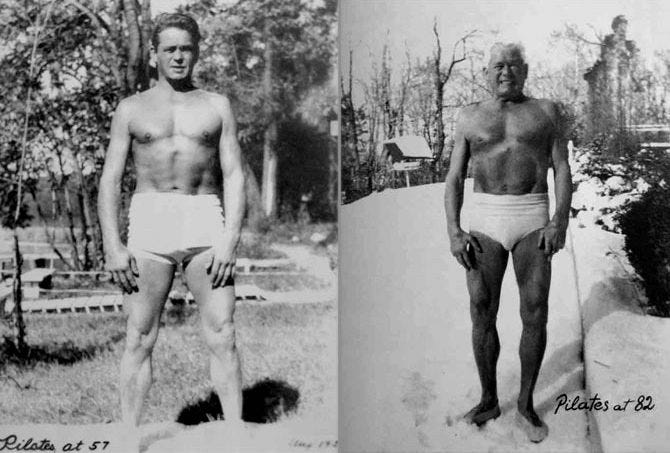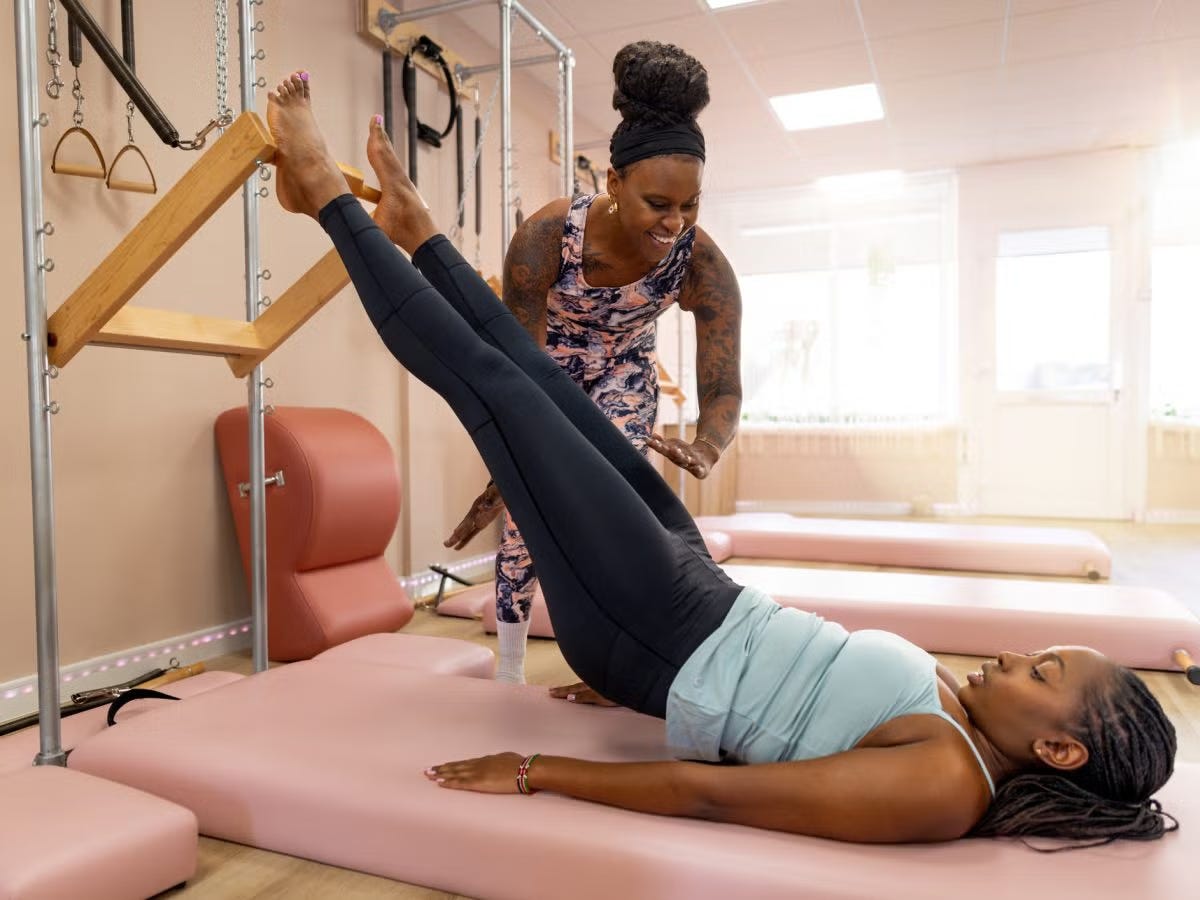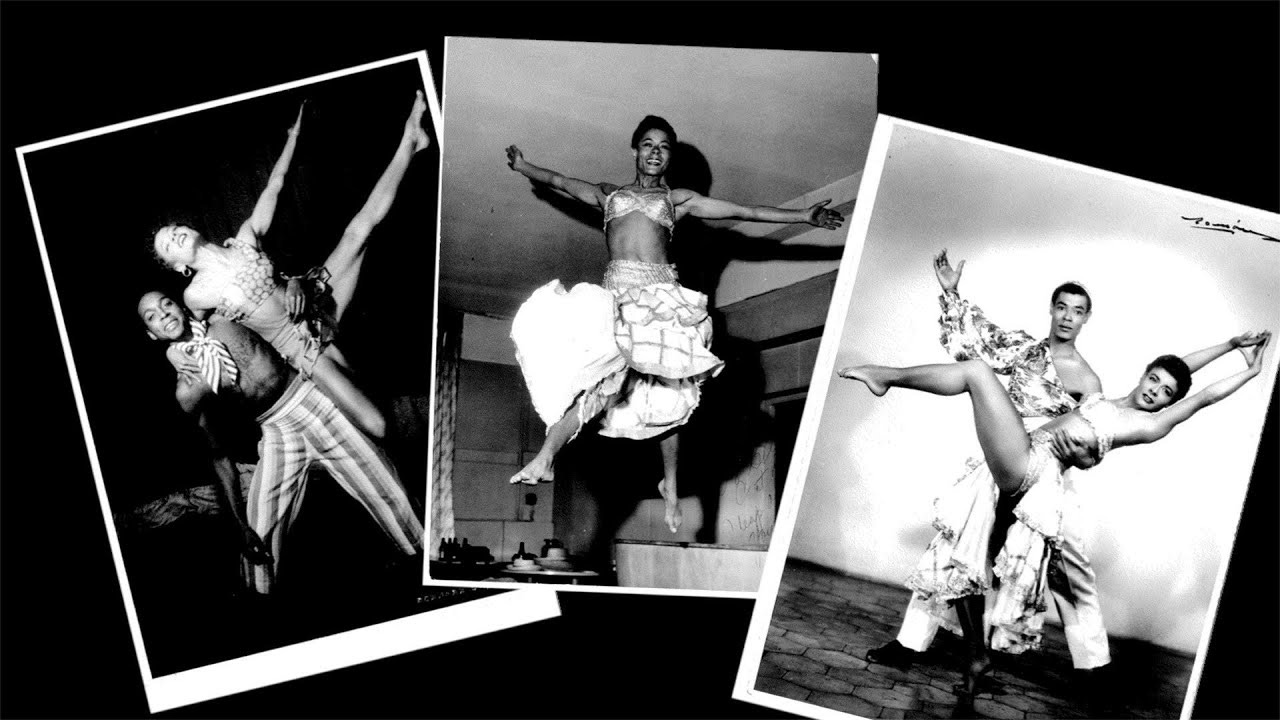Your Brain is Your Bottega
Pilates was built for survival, not luxury, so why were Black women written out of its lineage?
Pilatesbyraven wasn’t wrong when she said Pilates has been marketed like Bottega. Well, pause. To me, Bottega and Nordstrom are similar in terms of their approach. So maybe she meant Delvaux: rare, inaccessible, and coded as luxury. But let me not put words in people’s mouths. Not everyone knows or owns a Delvaux.
But when she ranted that Pilates wasn’t for everyone, she wasn’t just flaunting classism and ableism; she was also exposing a level of colorism that’s all too familiar in the Black community. And to be that loud, with over a million followers, from a woman who in another era would have been considered “passing,” is its own form of violence.
Pilates was created by a man who lived with chronic health conditions, who himself would have been considered disabled. Joseph Pilates built his method, “Contrology,” inside an internment camp, where he taught imprisoned men to move, breathe, and strengthen their nervous systems to survive. He passed the foundation of his method to immigrant women; women who were degraded in one breath and threatened with deportation in the next. That is the authentic lineage of Pilates: survival under oppression. Yet today, Pilates is being sold back to us as an elite practice, stripped of its neurological roots.
“It’s physical therapy meant to heal your neurological system from the inside out.”
Zsanine R. Gross
Joseph Hubertus Pilates was born on December 9, 1883, in Mönchengladbach, Germany. He was born frail, afflicted by rickets, asthma, and rheumatic fever, illnesses that shaped both his childhood and his lifelong drive toward strength and rehabilitative movement (Pilates Anytime, 2024; Pilates Lessons, n.d.; World Pilates Confederation, n.d.).
As a child, he was bullied by peers in part because of his physical frailty and possibly because of his last name, which older children reportedly mocked as “Pontius Pilate.” Some of these accounts say that around age five, he suffered an injury that damaged his eye. However, the sources for the eye injury are less consistent and appear mainly in Pilates history summaries and studio tradition rather than peer-reviewed scholarship.
Despite his health challenges, Pilates developed a passion for anatomy, movement, and healing. Under the influence of his father (a gymnast/mechanic) and his mother (who had naturopathic leanings), he began studying bodily structure, animal movement, Western athletics (gymnastics, boxing, diving), and Eastern disciplines. These studies intensified his resolve to overcome physical limitations. By his early teens, sources say he had rebuilt his physical strength sufficiently to model for anatomical charts.
In 1912, Pilates moved to England. With the start of World War I in 1914, being a German national, he was interned in camps (first in Lancaster, then on the Isle of Man). During internment, Pilates taught fellow internees physical conditioning, self-defense, and devised ways to allow even bedridden or infirm prisoners to move, including using springs from beds to create resistance mechanisms, a precursor to his apparatuses (e.g., the Reformer, Cadillac) (Pilates Anytime, 2024; Pilates Lessons, n.d.; World Pilates Confederation, n.d).
Pilates is more than muscle & posture: it’s nervous system rewiring, cognitive sharpening, and pain-regulation. Below are key mechanisms + studies you can lean on.
Neuroplasticity & Structural Changes
Movement + controlled breath patterns stimulate changes in brain structure (gray matter volume, connectivity), especially in the prefrontal cortex, hippocampus, and cerebellum. These are the areas tied to executive function, working memory, attention, and spatial awareness.
Chronic pain diminishes gray matter, especially in regions like the hippocampus and prefrontal circuits; exercise + mind-body routines (Pilates-adjacent) counteract that decline.
Pain Perception & Central Sensitization
The nervous system becomes sensitized, overreacting to threats and interpreting signals as pain even when there’s little or no tissue damage. Pilates and Pain Neuroscience Education help reframe this, reduce fear/avoidance, and train brain circuits (insula, anterior cingulate, etc.) to dampen overactivation.
Breath work, alignment, and motor control (hallmarks of Pilates) help reset brain signals about what movement & bodily state feel like, reducing catastrophizing, and reducing neurological amplification of pain.
Cognitive Improvements: Attention, Executive Function, Visual-Motor Skills
Pilates demands focus: coordination, precision, shifting weight, balancing, and remembering movement patterns. That works on memory, attention, and inhibitory control.
Dual-task Pilates (movement + cognitive load) forces the brain to do more: maintain posture/control and process a mental task. Helps with multitasking, processing speed, and flexibility of thought.
Emotional Regulation, Stress & Hormonal Effects
Mind-body work modulates stress by lowering cortisol and increasing parasympathetic (“rest & digest”) activation. Stress strongly interacts with neural circuits of pain & cognition.
Regular practice improves mood and reduces anxiety/depression, which in turn improves cognitive performance and pain thresholds.
So why would they want to make Pilates so inclusive and keep it away from Black women? Capitalism! That's it. Nothing overly complicated. It's a story that has been told over and over. Once we get our hands on it and make it popular, they get up in arms about it, and, baby, they want to make it theirs alone.
1. Lineage Erasure. Joseph Pilates trained Kathy Stanford Grant, a Black woman who went on to teach at NYU/Tisch for decades and directly shaped the method (Dawn Pilates, 2020). Yet her central role is rarely mentioned in mainstream Pilates histories. Her presence is proof that Pilates was never meant to exclude us — but erasing her ensures today’s practitioners believe Black women were never there.
2. Legal Gatekeeping. After Pilates’ death, attempts to trademark the name meant that white men in courtrooms suddenly controlled access to “official” Pilates certification. This legal policing of the name didn’t just define who could teach, it defined who got visibility, legitimacy, and clients (Balanced Body, Inc. v. Pilates, Inc., 2000). Black instructors, already underrepresented in fitness spaces, faced yet another barrier.
3. Whiteness as the Marketing Standard. Fitness marketing in the 1980s and 1990s, when Pilates surged in popularity, overwhelmingly portrayed thin white women as the ideal student (Markula, 2004). During this time, we referred to it as the Supermodel ERA. Everyone wanted to be tall and thin. Little did we know about photo distortion. That representation coded Pilates as a white woman’s space. Black women entering those rooms were marked as outsiders before they even unrolled a mat. Sometimes, I still show up as the only black girl in the room of 12 reformers.
4. Medical Neglect. The health system reinforced the exclusion. Even as evidence showed that mindful movement reduces pain and strengthens cognition, Black women were denied referrals for pelvic floor therapy, postpartum rehabilitation, or neurological exercise. Instead, hospitals profited from surgeries and prescriptions (CDC, 2023). The absence of a medical prescription for Pilates-style rehab meant Black women were never told it was an option.
5. The Larger Pattern. This isn’t unique to Pilates. White wellness industries have done the same to yoga, tai chi, and even African dance. Strip the practice of its context, claim ownership, sell it as elite, and erase the people of color who carried it. That’s how Pilates, a system born from disability and taught through immigrant and Black lineage, became coded as “not for us.”
So when influencers today repeat that Pilates “isn’t for everyone,” they are not just making a classist remark. They are echoing a century-long project: pushing Black women out of practices that were always ours to begin with.
References
Balanced Body, Inc. v. Pilates, Inc., 2000 WL 204482 (S.D.N.Y. 2000).
Centers for Disease Control and Prevention. (2023). Racial/Ethnic Disparities in Pregnancy-Related Deaths. Atlanta, GA: U.S. Department of Health and Human Services.
Dawn Pilates. (2020, June 8). Remembering Kathy Grant: A first-generation Pilates master teacher. Retrieved from https://dawnpilates.com/remembering-kathy-grant
Latey, P. (2001). The Pilates method: History and philosophy. Journal of Bodywork and Movement Therapies, 5(4), 275–282. https://doi.org/10.1054/jbmt.2001.0228
Markula, P. (2004). Tuning into the female body: Women’s fitness programs as postfeminist practices. Sociology of Sport Journal, 21(4), 440–456. https://doi.org/10.1123/ssj.21.4.440
Pilates Anytime. (2024). Pilates history: Who was Joseph Pilates? Retrieved from https://www.pilatesanytime.com/blog/legacy/pilates-history-who-was-joseph-pilates
Pilates Lessons. (n.d.). The lawsuit that freed Pilates. Retrieved from https://pilateslessons.org/the-lawsuit-that-freed-pilates
World Pilates Confederation. (n.d.). History of Pilates. Retrieved from https://worldpilatesconfederation.org/history-of-pilates



